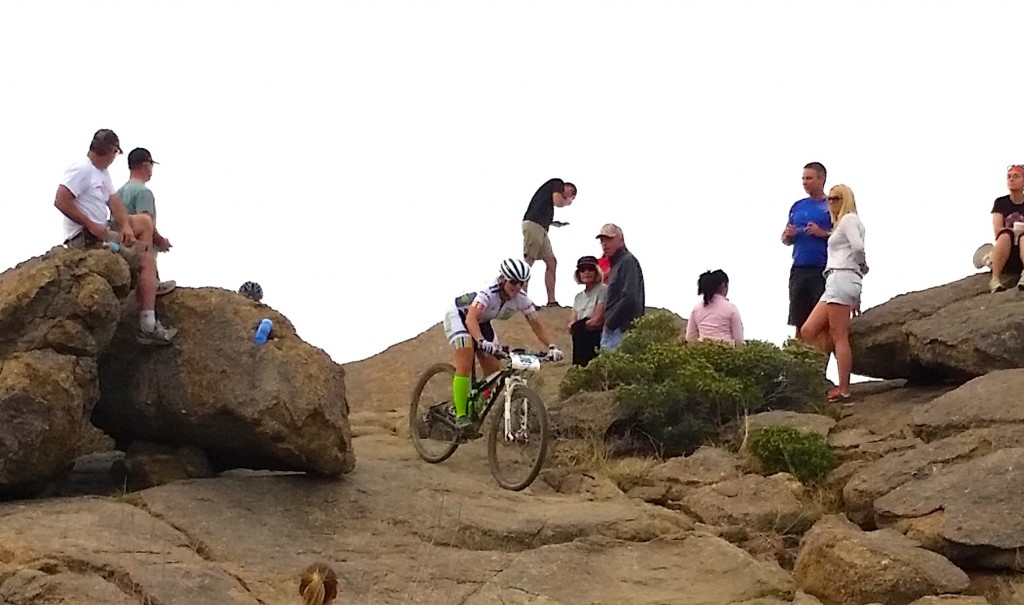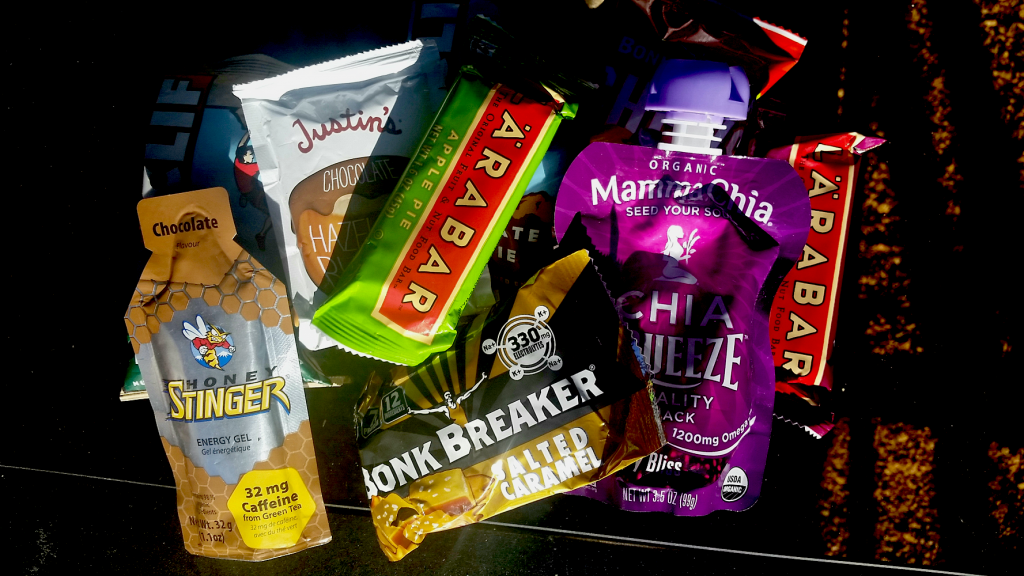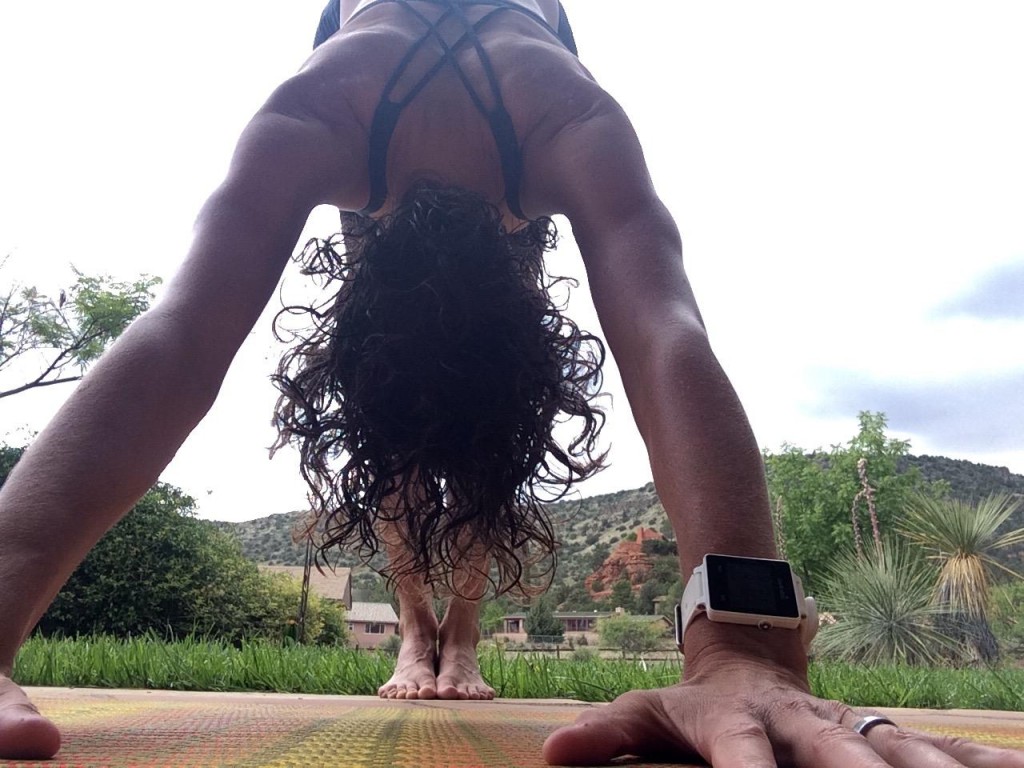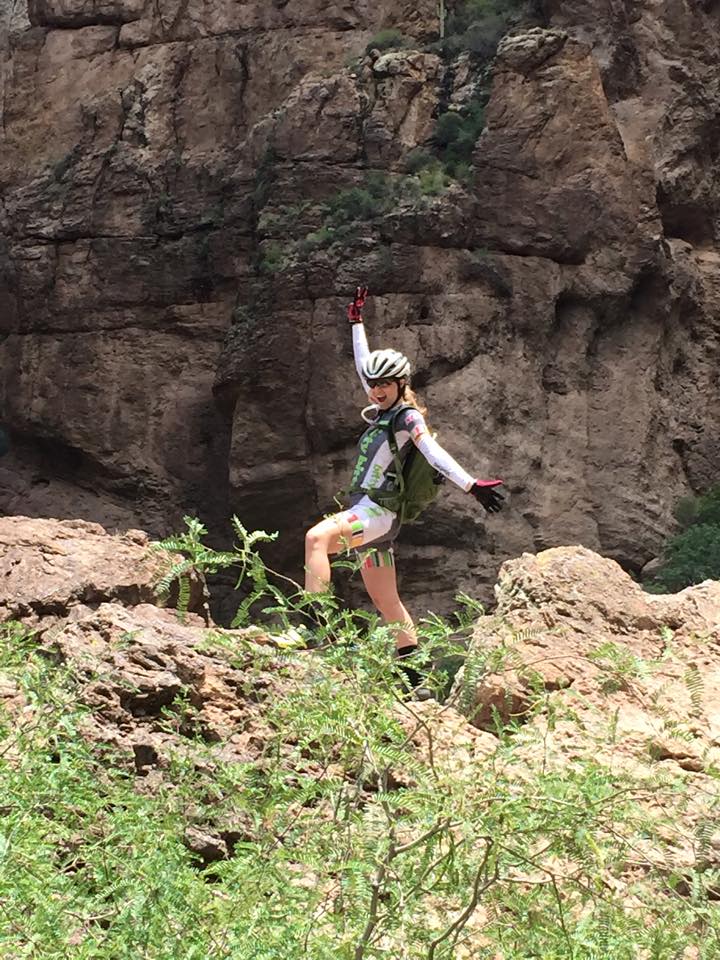You have three weeks and just got an entry into the 24 Hours in the Old Pueblo, a 24-hour mountain bike event, because your best buddy had to travel for a work emergency. What are you going to do?
Through the years working as a coach, I’ve had my share of athletes come to me with last minute training needs (including needing to qualify for Leadville in two weeks, having never ridden a mountain bike).
Nothing is too crazy, so don’t panic. Cramming isn’t ideal for training but here are a few tips to help you make the most of these next few weeks so you can have an awesome time at the 24 Hour Town.
- Create a plan including big weekend rides
Leading up to your big 24 Hour event, you will need to spend more time on the bike. In addition to riding during the week, plan a couple of weekends that work with your schedule to get in a big training day.
This ride could be anywhere from four to six-plus hours or broken into two rides. This is also a time to dial in your on-the-bike nutrition, equipment choices and proper recovery.
- Dial in your nutrition during training
You never want to experiment with your food during a race. Nutrition is one of the most important pieces to having a successful race – especially when you are riding for hours. Just think of yourself as a vehicle – you can’t run on an empty tank.
My favorite things include dried fruit, fruit and nut bars and rice cakes. Nutritionist Julie Cornelius recommends consuming 200 to 300 calories an hour. Focus on carbohydrate-rich foods and don’t forget to hydrate with an electrolyte drink.
With mountain biking, it can be hard to access your food while riding, so you want to make it as easily accessible as possible. I recommend taking the food out of the wrappers first, break them into bite-sized pieces and then sticking them in your pockets or bento box.
- Include recovery strategies to increase your benefits from training
Recovery is where your adaptations to the training occur. It will increase your benefits from those long rides and help freshen your legs during the 24 hour race itself.
Tricia Davis, a cycling coach and physical therapist of more than 20 years recommends stretching and foam rolling as part of your post ride routine. Other strategies include using recovery boots, compression sleeves, elevating your legs and napping.
——-
Melissa Ross is a cycling coach and co-founder of Potential Energy Training and Nutrition. Melissa’s 12 years in the sport as an athlete and more than five years as a coach has taken her all over the world from touring Italy, racing across Europe and the U.S. as a professional road cyclist to becoming a pro mountain biker, exploring the trails across Arizona and even recently finishing 13th in the Absa Cape Epic in South Africa and making the podium two years in a row in the Leadville Trail 100. Melissa has an incredible desire to help other people reach their full potential and bring the passion of having a healthy lifestyle into their lives.



